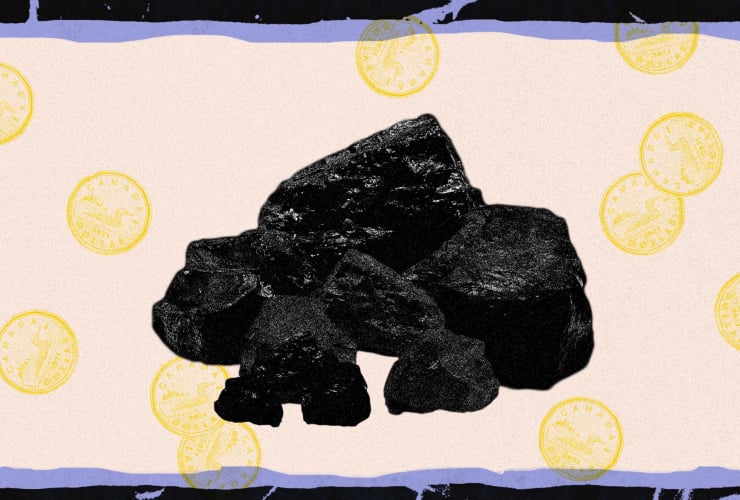Environmentalists, Inuit and firefighters are urging the federal government to list a group of harmful chemicals as toxic under Canada's environmental protection laws because they can increase cancer risks and other health risks and linger in ecosystems for decades.
Per- and polyfluorinated substances (PFAS) are a family of thousands of grease-, water- and heat-resistant chemicals. Used widely in everything from raincoats to firefighting foam, the chemicals do not break down naturally in the environment and can contaminate everything from drinking water to fish and wildlife.
Researchers have linked the chemicals to a suite of health issues, from negative impacts on the reproductive system to increasing the risk of cancer or reducing the immune system's ability to fight off infections, as noted in a recent podcast by Canada's National Observer. They also interfere with the body's natural hormones and can cause heart problems or obesity.
Over 98 per cent of Canadians have PFAS in their blood. However, Indigenous people in northern Canada and other Arctic regions are particularly threatened by the chemicals, which bio-accumulate in Arctic food chains and contaminate traditional foods.
"We don't see any benefits from PFAS, but [we] carry all the risks," said Lucy Grey, a public health research adviser for the Nunavik Regional Board of Health and Social Services. "Our health is being compromised. Our traditional diet is being compromised, as well as our well-being."
Growing concern about the impacts of PFAS has triggered a slew of efforts to restrict the chemicals' use in the U.S., the European Union and other countries.
But except for regulating a handful of individual PFAS-type chemicals, Canada has few rules limiting their use. Moreover, companies that use them — like fossil fuel and fertilizer producers — don't need to report environmental releases, while manufacturers can sell products containing PFAS without letting consumers know.
That could be poised to change. Last May, federal officials published an assessment of the health and environmental impacts of PFAS that examined them as a class of similar chemicals instead of one at a time. The decision means future restrictions on PFAS could be applied much more widely.
A spokesperson for Environment and Climate Change Canada said in a statement that the government expects that its future actions to regulate PFAS "will create the need to find non-PFAS alternatives."
"We're at a moment where we could see a significant improvement in how this government deals with PFAS," said Elaine MacDonald, director of Ecojustice's toxics program. "But we know that the industry is doing everything it can to undermine that action."
Industry groups dispatched lobbyists to Ottawa and submitted hundreds of comments to the government, pushing back against the class-based approach in the months after the 2023 assessment was released, according to Environmental Defence.
Leading the charge were the Chemistry Industry Association of Canada and Fertilizer Canada, groups that have also aggressively pushed back on other environmental rules, including Canada's single-use plastic ban and a proposed voluntary reduction in fertilizer emissions.
Still, there is growing global momentum to phase out PFAS chemicals. The Netherlands and other governments are holding companies liable for PFAS pollution. In the U.S., several lawsuits have successfully forced PFAS polluters to pay hefty fines and clean up their pollution, while some insurance companies have started to refuse to insure companies' use of the chemicals.
"The longer we wait to act on PFAS, the bigger the toxic legacy will grow," said MacDonald. "We want this government to list the entire class of PFAS as toxic under the Canadian Environmental Protection Act and strengthen regulatory action to ban PFAS in products."
Updates and corrections
| Corrections policyUpdate: This story was updated to include a comment from Environment and Climate Change Canada.
"The decision means future
"The decision means future restrictions on PFAS could be applied much more widely."
I'm curious to know of SPECIFIC similar cases where such action to alter the regulatory regime, for the common good, for chemicals has resulted in any cases/ judgements in favour of corporations before any Investor-State Dispute Settlement tribunal?
I expect there are some, but I'm seeking specific analogues.






Comments